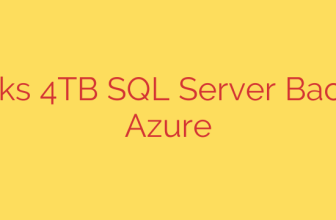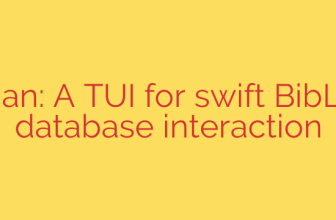
Cloud adoption is accelerating at an unprecedented pace, transforming how organizations operate. However, beneath the surface of innovation lies a significant challenge: a quiet, often underestimated crisis in cloud security. Many organizations face difficulties in maintaining robust defenses due to the inherent complexity and dynamic nature of cloud environments. A primary concern is the prevalence of misconfigurations, which consistently rank among the leading causes of data breaches. Simple errors in setting up permissions, storage buckets, or network access can expose sensitive data, creating critical vulnerabilities that attackers actively seek.
Another major hurdle is achieving comprehensive visibility. The ephemeral nature of cloud resources and the vast scale make it challenging for security teams to monitor everything effectively. Blind spots emerge, leaving potential entry points undiscovered until it is too late. The shared responsibility model, while fundamental to cloud security, is frequently misunderstood, leading organizations to incorrectly assume the cloud provider handles security aspects that are, in fact, their own responsibility. This gap in understanding creates significant risk.
Adding to the complexity is the skills gap. There is a shortage of cybersecurity professionals with the specialized expertise needed to secure complex cloud architectures, manage native security tools, and navigate multi-cloud or hybrid environments. Furthermore, threats are constantly evolving, with attackers developing sophisticated techniques specifically targeting cloud vulnerabilities, including API compromises, container escapes, and serverless function exploits.
Addressing this silent crisis requires a proactive and strategic approach. Organizations must invest in continuous security training for their teams, clarify shared responsibility roles, and leverage automation to detect and remediate misconfigurations rapidly. Implementing continuous monitoring and investing in tools that provide deep visibility across cloud assets are crucial. By focusing on these core areas – understanding responsibility, closing the skills gap, enhancing visibility, correcting misconfigurations, and automating defenses against evolving threats – organizations can move beyond reacting to incidents and build truly resilient cloud security.
Source: https://www.helpnetsecurity.com/2025/06/05/cloud-threats-detection/








